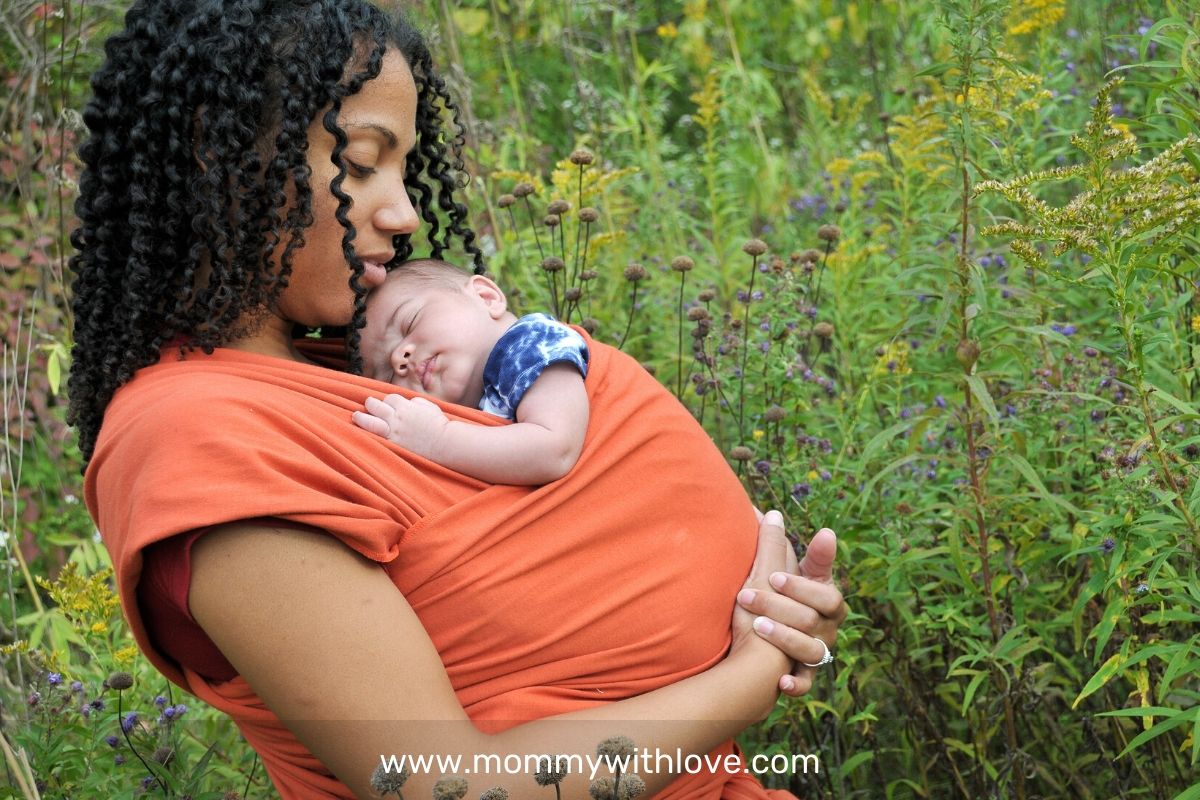There should be no question about baby carriers. They are comfortable, safe, and convenient for carrying your little one around. Baby carriers also come with several advantages. You can wear one to allow for nursing even as you undertake other activities such as doing utensils or replying to emails.
Why should you use a baby carrier?
A baby carrier will ensure that your baby is always close to you. You will also be hands-free to attend to other chores. You can carry on with your work as your baby sleeps peacefully near you.
They are also handy when you are traveling. It is a better alternative than pushing a stroller all the time.
Choosing the Best Baby Carrier for Your Baby
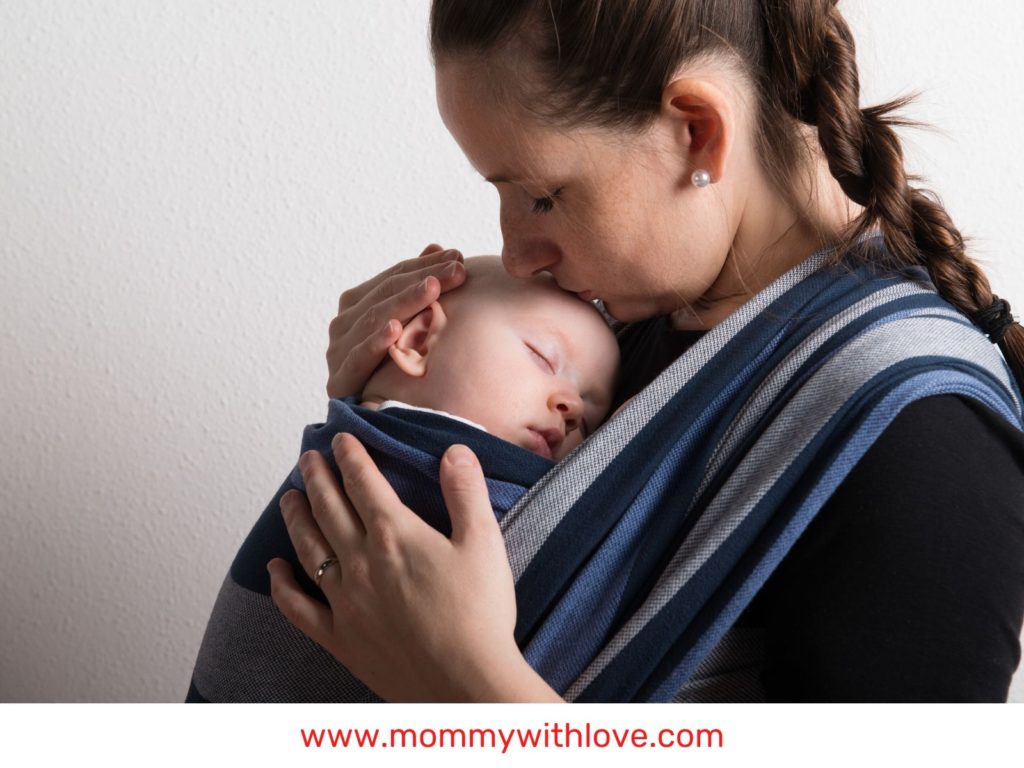
- What is the best time? — Babies can be carried in a carrier from the time they are newborns. However, you should be aware that a newborn baby will need up to five months before their necks and head develop well enough to support themselves. If your baby is less than five months old, you need to buy a carrier that comes with enough support for the baby’s head to rest on.
A suitable baby carrier should be hard and firm to give sturdy support for your child. It should also be made of soft fabric for your baby to sleep on it comfortably.
- How much weight do they hold? — Typically, carriers are built to support different weights of babies. There are some which are made to accommodate more weight than others. Most of the products can support babies weighing from 7 pounds to 40 pounds. Most of these carriers will support a newborn to a child who is in the 4th birthday.
- Can I carry my baby facing outward? — Newborns should not be carried while facing outwards. They tend to sleep most of the time. Before they turn 5 to 6 months, you should carry your little one while facing you to allow them to rest their head on your chest and sleep comfortably.
You can then carry your baby while facing outward once they attain six months old. By this time, they would have developed strong neck muscles. They will also have started showing some interest in what is going on in the outside world.
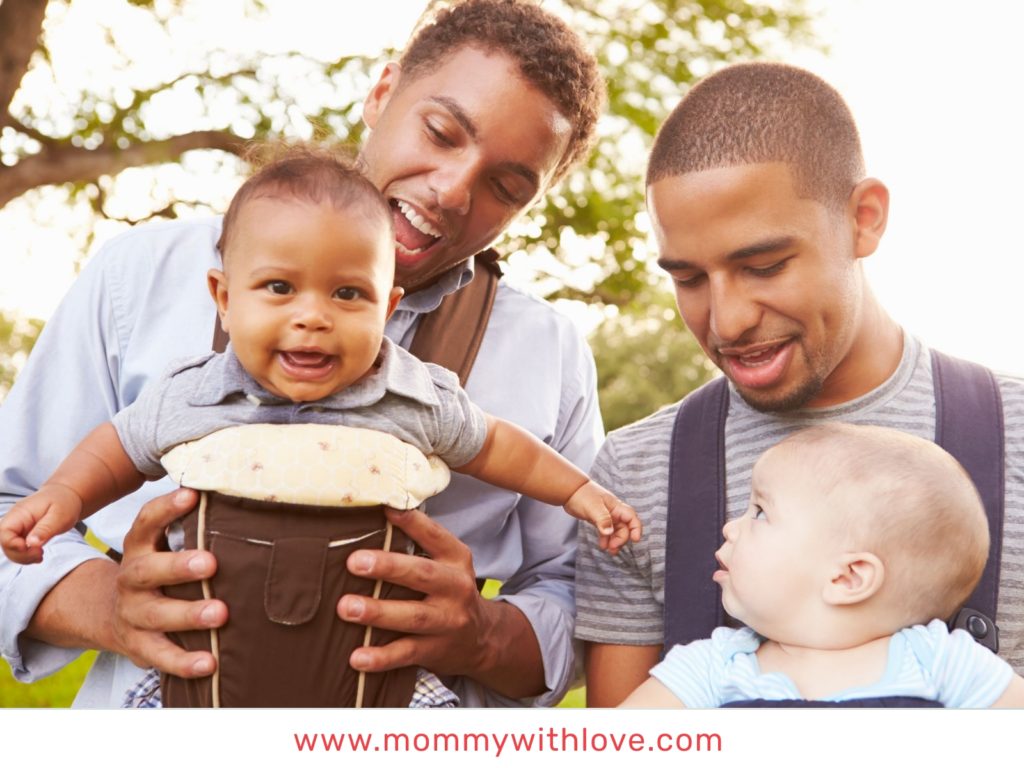
- When is a carrier safe for baby’s hips? — If you don’t maintain the right position while carrying your baby, it may lead to severe conditions such as hip dysplasia. This is the abnormal development of the hips, which will be corrected through surgery. You should not leave your baby’s legs to dangle on the sides before they attain three years.
You should also buy a suitable baby carrier that provides support to the legs. It should prevent the legs from dangling from the sides by providing proper support.
- How best can I carry my baby when hiking? — You should use a suitable baby backpack carrier to carry your baby during hiking. It should be sturdy enough to offer your baby enough support through the hike. It should also come with a proactive cover that you will use to shield the baby from harsh elements of weather.
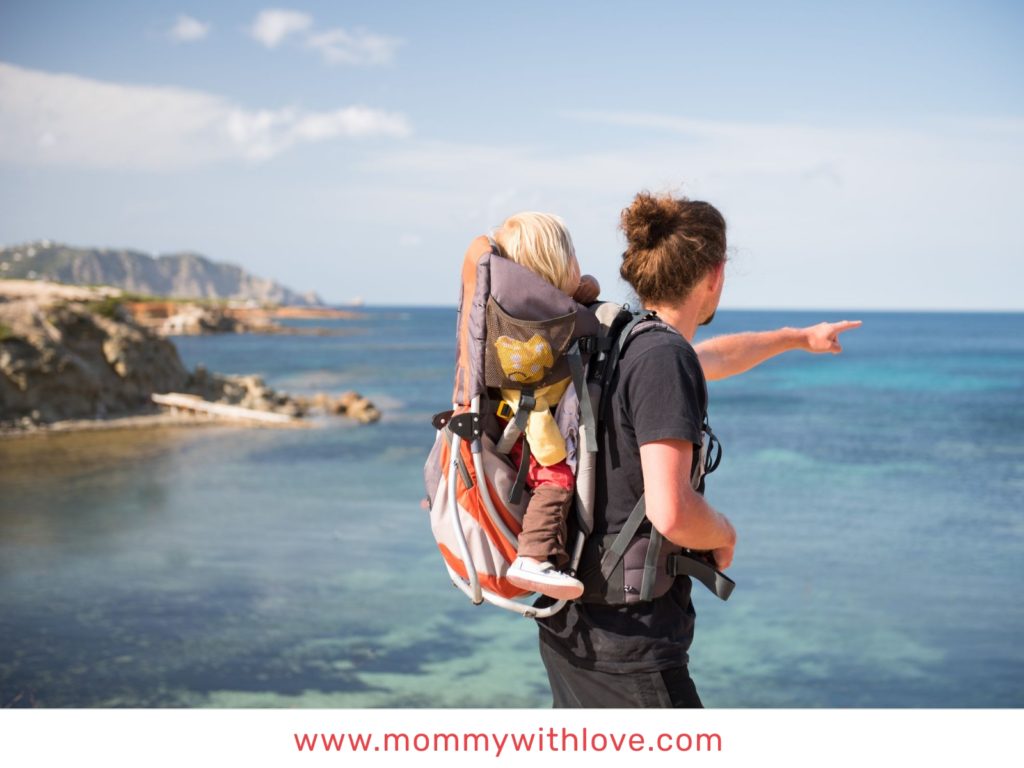
The Primary Safety Rules for Babywearing
Choose the Right Carrier
An important aspect of safe babywearing is choosing the right carrier for your baby. You may need to use different types of carriers for the various stages of your child’s development. The type of carrier will also be influenced by the activities you and your baby are participating in. For example, you may want to choose a strong carrier with great ergonomic design if you are planning on going for a hike with your baby. You will also need to use different carriers if the weather changes are extreme. Therefore, you need to choose the right carrier to ensure your baby is safe at all times.
Understand Your Carrier Well
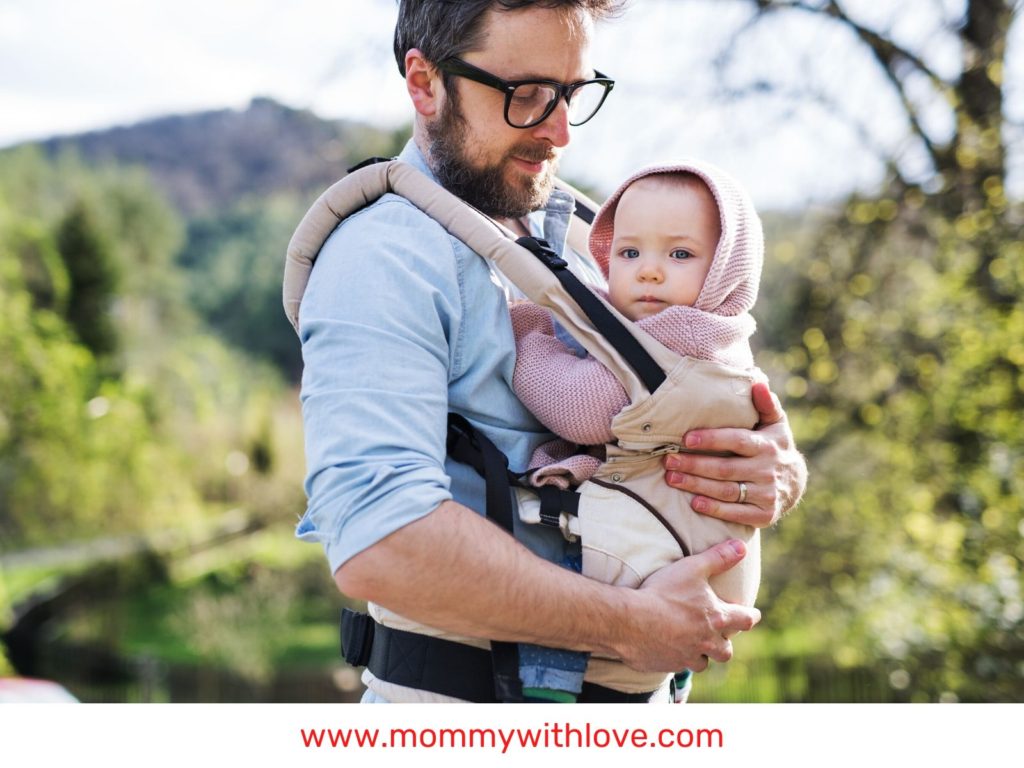
Before you settle on one particular carrier, you must undertake thorough research. Read the manufacturer’s instructions on how to wear it. You should also be familiar with the safety features of the carrier you are using, and find out the material it is made from. Avoid carriers made of a rigid material such as nylon as they end up hurting the soft skin of your baby.
Understand the ABC Safety Measures
The ABC for safe babywearing is:
- A – Airway — Always keep the airway open for your child. Ensure that fresh air circulates around your baby’s face.
- B – Body Positioning — A suitable carrier should support your child in a manner that is appropriate for his neck and head control. An infant has no control for his own head and neck, and as such, it needs a lot of support. Ensure the carrier you are using doesn’t allow for your baby to slump down. It should also keep your baby’s weight properly.
- C – Comfortable — It should be comfortable for both the mother and the child. It should allow for many comfortable wearing positions. It must be made of soft, comfortable fabric to make babywearing an enjoyable affair. Whenever you are trying out a new carrier, you should have a spotter close to help you figure out the positioning.
Carrying Positions That Are Unhealthy for the Baby
- Legs that are held in extension and forced together
- Hips and knees that are straight
If your baby maintains the above positions for long, they are prone to abnormal hip development.
Things to Consider When Buying a Baby Carrier

- Baby’s Hips — The most crucial factor to consider when buying for a carrier is how your little one will be carried in the carrier. Do not conclude that all carriers are the same. A right carrier should allow your baby to sit properly for the health of their hips. When a baby adopts an incorrect sitting posture, it can lead to his hips getting permanently deformed. Therefore, a good carrier should support your baby’s hips and allow them to fall naturally on the sides.
- Reviews — You should also check out the reviews done by other mothers before you buy a particular baby carrier. Read reviews before you make any purchases. Go for an item that is well-loved by most mothers. You should search online for baby carriers and check out the review section.
- Baby’s Age — You also need to consider the baby’s age before buying a baby carrier. There is a minimum and maximum age and weight limit with baby carrying devices. If you intend to use the carrier from early infancy, then go for a baby carrier that fits the baby’s age. Once a baby hits a certain age, you may need to adjust the carrier or buy a new one.
- Practicality — Don’t just blindly pick a baby carrier on the shelves. Go for a baby carrier that is practical enough to meet your needs. It is advisable to carry your baby along whenever you are shopping for a baby carrier. You can try out as many carriers as possible before settling on the most practical and useful one.
- Style Preference — There are so many brands of baby carriers in the market today. Choosing the most appropriate one can be a challenge. However, you may find one to settle a carrier that meets your style preference. There are bulkier and more structured carriers. There are also sleek and feminine styles. Baby carriers also come in several colors and patterns. Remember, a style that works for someone else may not necessarily work for you. If you are using the carrier with the baby’s dad, then you need to consult him on the style and colors he prefers.
How’s your babywearing journey so far?
Are you having fun with babywearing? Share with us in the comments below!

